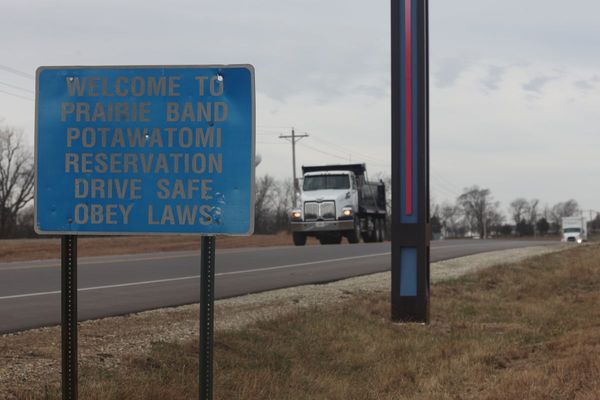
Debris balls have again washed up along the New South Wales coast as officials warn residents not to touch the mysterious spherical globules and to avoid beaches where they appear.
Central Coast council said on Thursday the debris balls – which are grey and about 10mm to 40mm in size – had been found on beaches including at The Entrance, the Grant McBride baths, Blue Bay, Toowoon Bay, North Shelly, Shelly and Blue Lagoon.
Previous similar incidents were initially described as “tar balls” composed of crude oil. But testing coordinated with the NSW Environment Protection Authority (EPA) revealed they were consistent with human-generated waste.
Sign up: AU Breaking News email
The EPA said a member of the public first reported the presence of debris balls at North Shelly dog beach early on Thursday morning.
“Council confirmed the presence of debris balls and advised that all visible balls were cleared from the beach by mid-afternoon,” said a spokesperson.
The council said it did not yet know what the new balls were made of, or if they were related to previous Sydney debris balls.
“Debris balls washed ashore could be from a variety of sources or locations such as storm water, sewerage networks, ships from local or international locations,” it said. “Further inspections and safe clean-up are under way.”
It has advised the public to avoid the beaches until further notice, to report any sightings and not to touch the debris. Environmental officers have collected samples to analyse their composition and origin and the incident has been reported to the EPA.
Nine beaches were shut to the public in Sydney in January – including Manly – after ball-shaped debris washed ashore. It followed sightings, and some temporary closures, at many of the city’s beaches after the balls started to appear from October 2024.
In that month, thousands of black balls washed up on several eastern suburbs beaches including Bondi, Bronte, Coogee and Tamarama.
Jon Beves, a chemistry professor at the University of NSW who carried out independent testing on samples provided to him by Randwick city council, said the Central Coast balls looked similar. He has asked Central Coast council if it will share samples with him.
Beves, one of the few people who has inspected the Sydney samples up close, said they contained cooking oil, soap scum and human hair, as well as traces of pharmaceuticals and illicit drugs.
“They smell absolutely disgusting,” he said. “You don’t need much imagination to believe that they came out of a sewer.”
Experts have said Sydney’s ageing sewerage system and a growing population were to blame. Sydney’s sewage is only given “primary” treatment at wastewater plants in Bondi, Malabar and North Head before it is flushed out to sea through “deepwater outfall” pipes that stretch to between 2km and 4km off the coast.
Prof Stuart Khan, the head of engineering at the University of Sydney and chair of an expert panel set up by the EPA to investigate the phenomenon, said mysteries remained.
“There are chemical markers that are pretty clearly human sewage-related, but how the system failed, how all of this greasy, fatty material was released at a particular time and a particular place is still not clear,” he said.
Khan said the Central Coast balls could be a product of the Sydney sewerage system, managed by the Sydney Water agency, but were more likely to have come from local storm water drains and sewers, which are managed by Central Coast council.
He said the balls could be a result of sewage overflows into storm water during recent heavy rain. NSW has had one of its wettest Augusts on record in 2025.
Chemical analysis could take up to two weeks. “But you don’t necessarily know that you’re going to find those same indicators this time, regardless of the source,” said Khan.
A spokesperson for Sydney Water said debris balls collected on Central Coast beaches were being tested in their laboratories, initially to confirm if they were the same material that washed up in Sydney.
They said further testing would “likely take some time to determine source and time of event that caused their release”.







